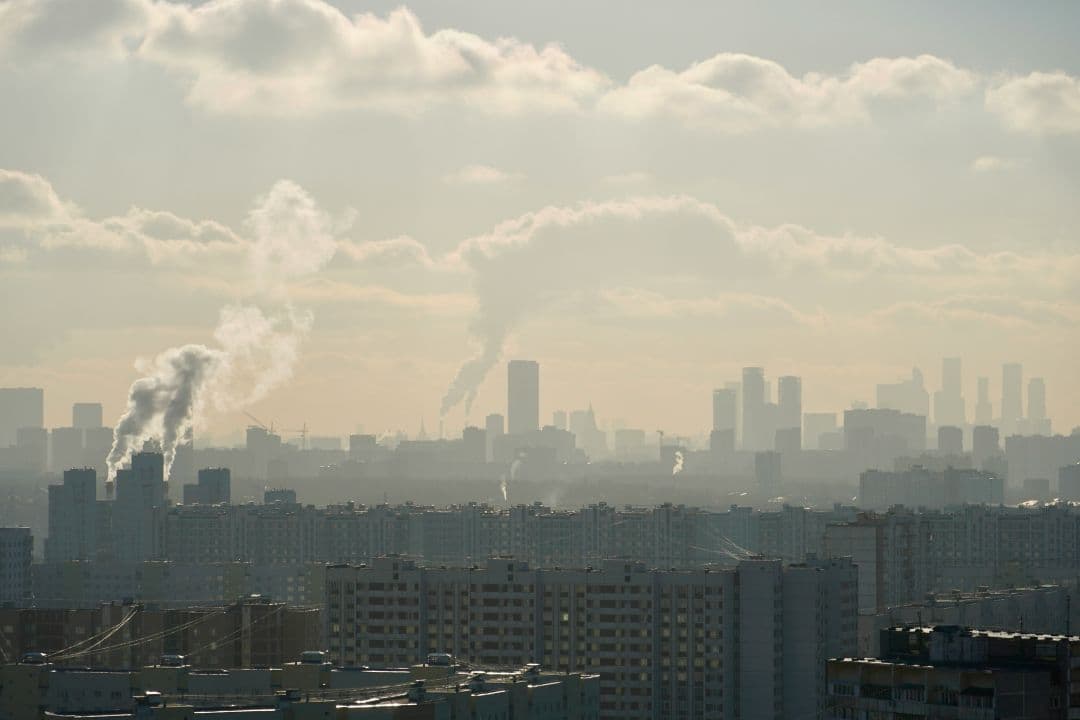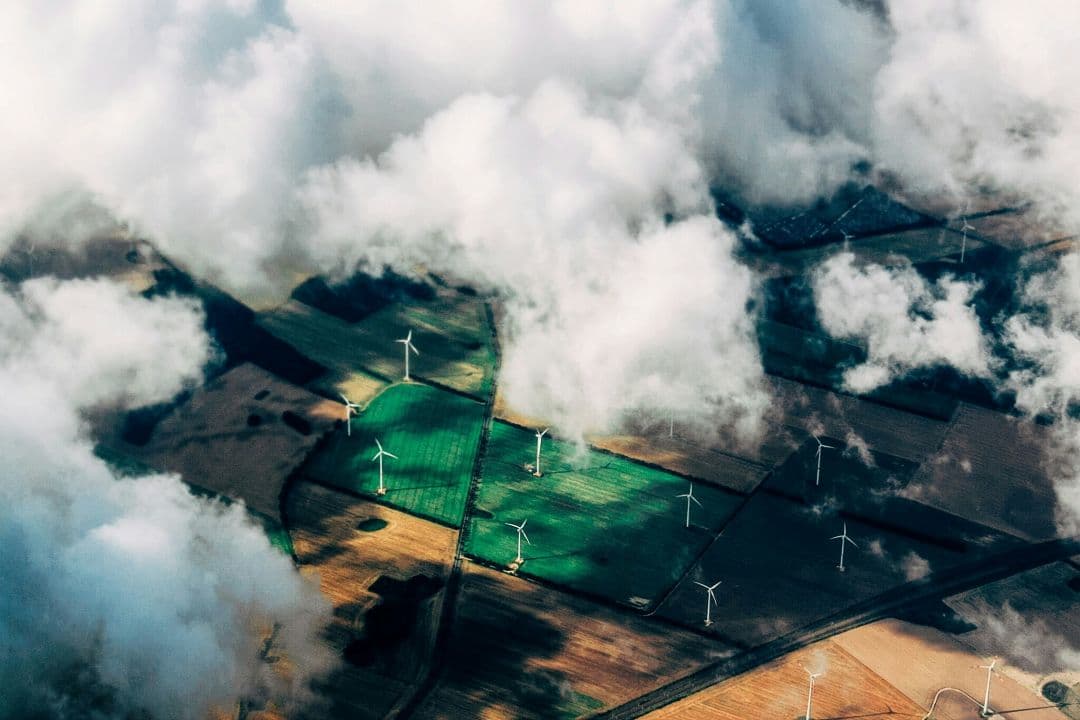Iraq Boosts Gas Capture and Eni Deepens LNG Supply
The October NYMEX contract trades near $2.94/MMBtu, up a penny from yesterday’s close. Fundamentals lean looser day over day. Dry gas production is 106.6 Bcf/d (+1.3 Bcf/d), and with Canadian inflows easing to ~4.6 Bcf/d (-0.2), total supply still rises to ~111.2 Bcf/d (+1.1). On the demand side, power burn slips to ~38.1 Bcf/d (-1.0), industrial demand is down to ~21.9 Bcf/d (-0.2), and ResComm demand nudges up to ~9.3 Bcf/d (+0.1). LNG feed-gas runs are ~14.9 Bcf/d (-0.1) and pipeline exports to Mexico firm to 6.0 Bcf/d (+0.1). The daily balance implies an injection pace near ~13.4 Bcf today versus ~10.5 Bcf yesterday, consistent with an orderly, late-summer build.
Iraq reports capturing roughly 0.22 Bcf/d of associated gas at West Qurna 2, with ~0.18 Bcf/d routed to TotalEnergies and the remainder fueling field operations (currently ~125 MW, with plans to reach 250 MW by end-2027). Countrywide gas-capture capacity is ~2.88 Bcf/d with projects under way to add another ~1.19 Bcf/d over the next few years; analysts still estimate ~0.018 Bcf/d of flaring amid infrastructure gaps. Separately, Eni highlighted the growing role of the U.S. in its portfolio following a long-term SPA with Venture Global’s CP2 that secures roughly 0.26-0.27 Bcf/d of LNG starting in 2027, volumes that broaden European security of supply as Mediterranean spot prices hold above $10/MMBtu (DES Med assessed near $10.55).

Front-month WTI trades near $63.54/bbl, up from $62.37. Crude rallied more than $1/bbl as risk premia firmed, Poland intercepted drones amid a wider Russian strike and Washington pressed allies on tighter Russia measures, while talk of fresh sanctions on buyers added a bid. The move was checked by a bearish U.S. inventory print: EIA reported crude stocks up 3.9 million bbl, gasoline +1.5 million, and distillates +4.7 million bbl for the week ended Sept. 5, reinforcing concerns about shoulder-season demand. Macro expectations for a Fed rate cut next week and OPEC+’s ongoing production increases keep the near-term setup choppy, headline-sensitive to geopolitics, but with oversupply signals capping rallies.
Keep Reading
More from Gelber & Associates

Emissons Markets Development
Emissions trading (also known as “cap and trade”) policies are a market-based approach to reducing pollution by establishing limits on emissions and providing tradable allowances that authorize holders to emit the capped level of greenhouse gasses.

Energy Transition
Many companies have begun integrating environmental and sustainability priorities into their products and services. As Gelber & Associates continues to expand our sustainability offerings, it was necessary to formalize these practices into a cohesive group under one hypernym.
